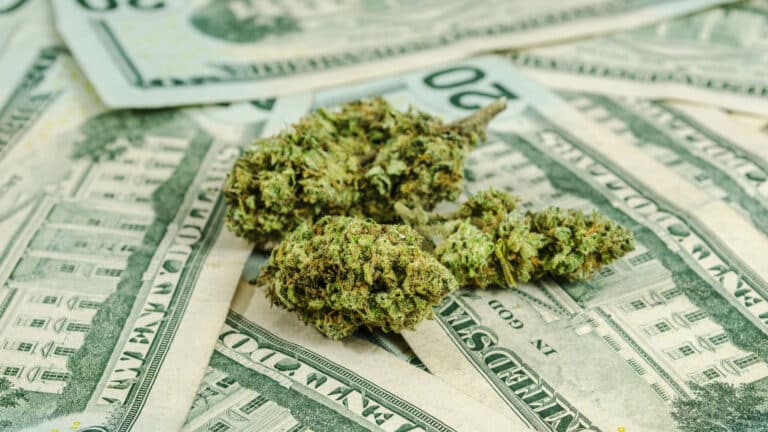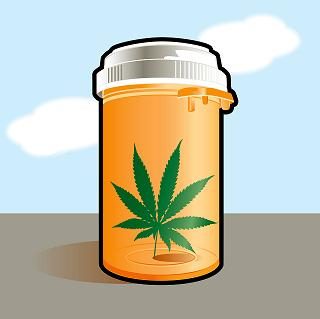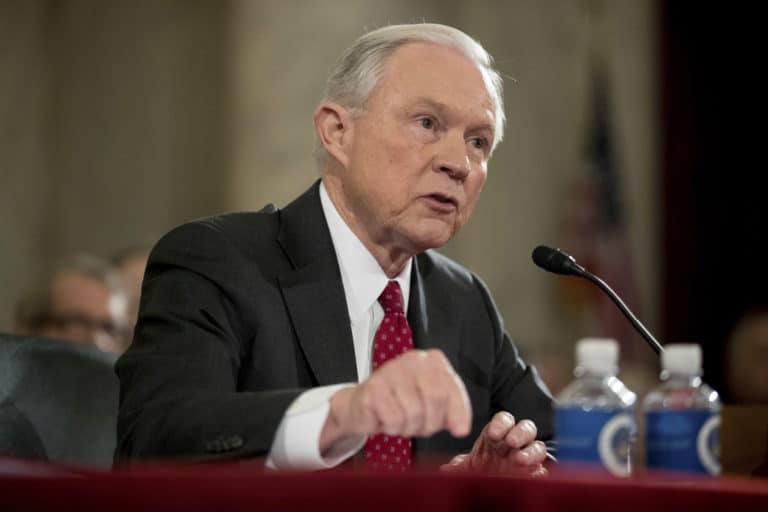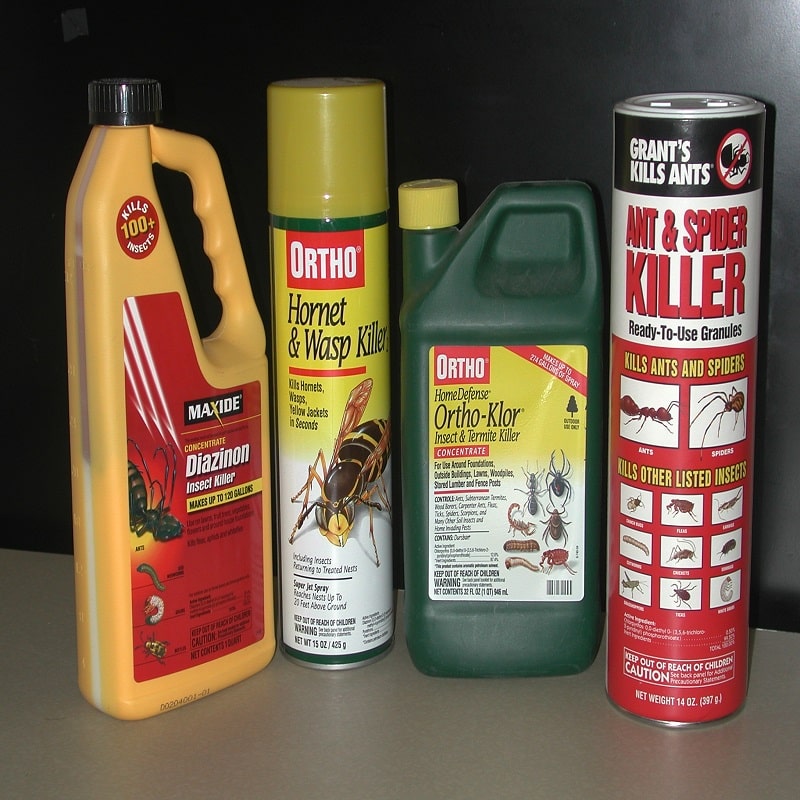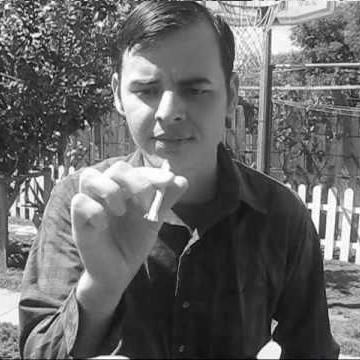 Marijuana legalization is raising fresh questions – and many age-old ones – for parents and others who play important roles in the lives of teenagers.
Marijuana legalization is raising fresh questions – and many age-old ones – for parents and others who play important roles in the lives of teenagers.
On Thursday, December 4, the Drug Policy Alliance is releasing new, updated English- and Spanish-language editions of the seminal publication, Safety First: A Reality-Based Approach to Teens and Drugs by Marsha Rosenbaum, PhD. Safety First has provided hundreds of thousands of parents with the tools needed to foster open and honest dialogue with their children around the risks and consequences of drug use. DPA is planning to reach many more parents and educators in light of the nationwide momentum in favor of marijuana legalization and other drug policy reforms.
Originally published in 1999 as a response to the failure of programs like D.A.R.E. that came to dominate drug education in the 1980s and 90s – and to a large extent are still predominant today – Safety First provides realistic tools to evaluate and discuss strategies for protecting teenagers from substance misuse and addiction. Since its initial publication, more than 350,000 copies have been distributed worldwide and countless more have been downloaded online by parents, educators and others looking for credible information about how to identify and handle problems with alcohol and other drugs – and how to get help and support.
“Drug education motivated by fear rather than facts weakens young people’s trust in law enforcement, educators, parents and other adults,” said Marsha Rosenbaum, PhD, author of Safety First. “Whether at home or at school, we need reality-based approaches to drug education that foster open, honest dialogue about the risks and consequences of drug use. Teens need drug education that respects their intelligence and gives them the tools to stay safe and healthy.”
What: Safety First Launch Teleconference
When: Thursday, December 4th at 1pm EST/10am PST
How: Contact Tony Newman for more info.: 646-335-5384
Who:
- Marsha Rosenbaum, PhD, Director Emerita of DPA’s San Francisco office and author of Safety First: A Reality-Based Approach to Teens and Drugs
- Jerry Otero, MA, DPA’s Youth Policy Manager and former Assistant Director of Helpline and Family Services for the Partnership at Drugfree Kids
- Kassandra Frederique, MSW, Policy Manager, Drug Policy Alliance
- Amanda Reiman, PhD, Marijuana Law and Policy Manager, Drug Policy Alliance
- (Moderator) Stephen Gutwillig, Deputy Executive Director, Programs, Drug Policy Alliance
“No parent wants his or her teenager to use drugs,” added Rosenbaum. “However, to prevent adolescents who do experiment from falling into abusive patterns, we need to create fallback strategies that focus on safety.”
“The drug war has done nothing to protect our children and has made their lives more dangerous,” said Sir Richard Branson, Virgin Group founder and member of the Drug Policy Alliance’s Honorary Board. “To minimize problematic drug use, it is our responsibility to equip young people with fact-based information and resources.Safety First offers the foundation for open and honest dialogue with young people.”
Parents, caregivers and other important adults in the lives of young people know talking with teenagers about drugs is an important responsibility. However, many question the wisdom of the black-and-white pronouncements of “Just Say No” anti-drug messages that oversimplify the complex lives that teenagers lead. Decades of research has consistently shown that exaggerations and inaccuracies in drug education have failed to prevent drug use by teenagers, have failed to provide teenagers the information and tools they need to stay safe, and has led to cynicism and distrust among teenagers.
Safety First utilizes marijuana as a case in point. While the use of alcohol presents the greatest risks to young people, it is marijuana that has consistently been mischaracterized in an effort to terrify them into abstaining. Today, in light of the growing movement to legalize marijuana, opponents’ claims of marijuana’s dangers are especially exaggerated, and widely publicized. Although the old Reefer Madness-style messages have been replaced with assertions of scientific evidence, many of the most serious allegations falter when subjected to elementary scrutiny.
Safety First addresses questions regularly asked by parents:
- Is it true that marijuana is significantly more potent and dangerous today than in the past?
- Is marijuana really a gateway to “harder” drugs?
- What about the impact of marijuana on the adolescent brain?
- How will legalization of marijuana affect teens?
The end of marijuana prohibition now seems inevitable, with a majority of Americans in favor of legalization, and three-fourths believing marijuana will eventually be legal nationwide. Colorado, Washington, Alaska, Oregon, and Washington, DC decisively passed legalization laws in the 2012 and 2014 elections, and other states such as California are likely to follow in years to come. In addition, over half of the states in the U.S. have decriminalized possession of small amounts and/or legalized marijuana for medical purposes.
On either side of the debate, there is consensus that protecting young people is a priority. That’s why each of these laws clearly specifies that legalization applies toadults only, contains built-in safeguards that restrict sales to minors and funds prevention efforts.
The evidence, in fact, shows that legalization is unlikely to lead to an increase in youth marijuana use. While it is too early to determine actual marijuana use rates in states that have already legalized, preliminary data from Colorado found that high school mari¬juana use in the past month slightly decreased from 22 percent in 2011 to 20 percent in 2013. Numerous researchers have also looked at the extent of teen mari¬juana use in states where medical marijuana is legal – and their findings (published in prestigious journals such as the American Journal of Public Health and the Journal of Adolescent Health) generally show no association between changes in marijuana laws and rates of teenage marijuana use. This has also been the case in California, where marijuana use among teens is less prevalent than before medical marijuana was legalized in 1996. There was also no increase in teen marijuana use following the spate of decriminalization laws in the U.S. in the 1970s, as well as in the Netherlands when marijuana was decriminalized.
Praise for Safety First:
“Safety First is a fine piece of work. Level-headed, evidence-based, and easy to read,” said Peter Banys, MD, former president of the California Society of Addiction Medicine.
“Parents have viewed Dr. Rosenbaum’s booklet as a very realistic approach when dealing with the sensi¬tive issues of teen alcohol and other drug use,” said Brenda Davis, former president of the California State PTA. “California State PTA began distributing the Safety First booklet to its members in 2002 and parents continue to find it a valuable educational tool for developing open and honest dialogue with their teens.”
“Safety First is a rare example of a plan for real, honest drug education,” said health expert and author Andrew Weil, MD. “It gives the facts about drugs with the aim of reducing the potential harm associated with them. I recommend it to teenagers, parents and teachers.”
“Every parent should read this brilliant booklet. It is packed with commonsense ideas about how to keep children safe in a world where drugs exist,” said Carl Hart, PhD, author of the award-winning book High Price, Associate Professor of Psychology in both the Departments of Psychiatry and Psychology at Columbia University, and Director of the Residential Studies and Methamphetamine Research Laboratories at the New York State Psychiatric Institute.
“The drug war has done nothing to protect our children and has made their lives more dangerous,” said Sir Richard Branson, Virgin Group founder and member of the Drug Policy Alliance’s Honorary Board. “To minimize problematic drug use, it is our responsibility to equip young people with fact-based information and resources. Safety First offers the foundation for open and honest dialogue with young people.”
Source: Drug Policy Alliance – make a donation




